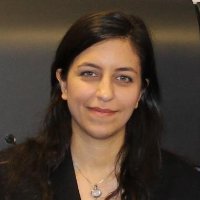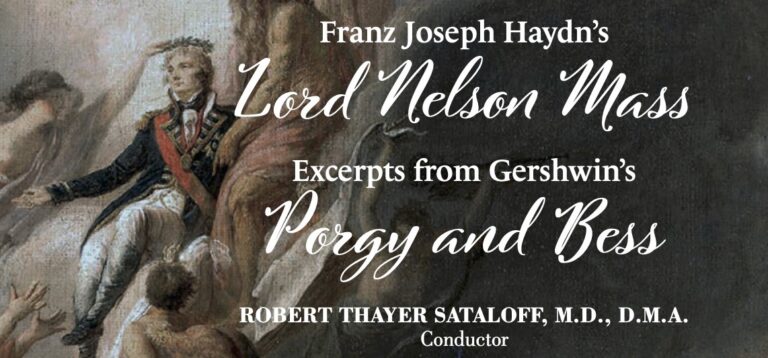Naghilbolhosseini: Winning Young Investigator
Congratulations to Maryam Naghibolhosseini, PhD
 The competition for Elsevier’s 2017 9th Annual Sataloff Young Investigator Award was exceptionally strong. So, it is a particularly great pleasure to announce that Maryam Naghibolhosseini, PhD will receive the Award for her research at the 46th Annual Symposium: Care of the Professional Voice Award Presentations on Saturday, June 3, 11:00am, at the Philadelphia Westin.
The competition for Elsevier’s 2017 9th Annual Sataloff Young Investigator Award was exceptionally strong. So, it is a particularly great pleasure to announce that Maryam Naghibolhosseini, PhD will receive the Award for her research at the 46th Annual Symposium: Care of the Professional Voice Award Presentations on Saturday, June 3, 11:00am, at the Philadelphia Westin.
Dr. Naghibolhosseini, a Post-doctoral Research Associate at Michigan State University, will present her winning research paper on Thursday, June 3, 8:30am in Basic Science Session I: F0 AND VIDEO
- “Temporal Segmentation for Laryngeal High-Speed Videoendoscopy in Connected Speech” (Maryam Naghibolhosseini, PhD, Dimitar Deliyski, PhD, Stephanie R.C. Zacharias, PhD, Alessandro de Alarcon, MD, Robert F. Orlikoff, PhD)
The Sataloff Award for Young Investigators, co-sponsored by Elsevier, Inc (publisher of Journal of Voice) and The Voice Foundation, recognizes excellence among young researchers. This award is open to investigators who completed their training (including fellowship) no more than five years ago. Investigators must present new research for publication in Journal of Voice. After an abstract is accepted for the symposium program, a young researcher self-nominates and must submit the completed paper for Journal of Voice peer-review and to the committee by May 1st.
On behalf of Elsevier; Dr. Norman Hogikyan and the Sataloff Award Committee; Dr. Michael Johns and the Advisory Board; Dr. Robert Sataloff, Chairman; and all of us at The Voice Foundation – congratulations!
The Abstract:
Temporal Segmentation of Laryngeal High-Speed Videoendoscopy in Connected Speech
Objective: This study describes an automatic algorithm for temporal segmentation of laryngeal high-speed videoendoscopy (HSV) data to be implemented for analysis of connected speech.
Methods: A custom-built flexible fiber-optic HSV system was used to record a “Rainbow Passage” production from a vocally-normal female. A gradient-based algorithm was developed to generate a motion window acting as a filter following the spatial location of the vibrating vocal folds. Statistical analysis was done to extract the glottal area waveform and the fundamental frequency. For the purpose of reference, the vibration of the vocal folds was tagged visually from the HSV data.
Results: Comparison of the automatically-extracted glottal area waveform to the visually-tagged vibratory data showed excellent agreement. In addition, the fundamental frequency contour was found to be in accordance with the increases and decreases in the frequency of vibration.
Conclusions: Temporal segmentation of HSV data during connected speech can be successfully achieved using the gradient-based algorithm presented here. The temporal segmentation is the first important step toward analysis of HSV in connected speech. This would facilitate the development of next generation HSV-based clinical voice assessment techniques.
Maryam Naghibolhosseini, PhD, Research Associate, Department of Communicative Sciences and Disorders, Michigan State University
Dimitar Deliyski, PhD, Professor and Chair, Department of Communicative Sciences and Disorders, Michigan State University
Stephanie R.C. Zacharias, PhD, Assistant Professor, Department of Otolaryngology, University of Cincinnati College of Medicine, and Speech-Language Pathologist, Division of Speech-Language Pathology, Cincinnati Children’s Hospital Medical Center
Alessandro de Alarcon, MD, MPH, Associate Professor, University of Cincinnati, Cincinnati Children’s Hospital Medical Center, 3333 Burnet Ave., Cincinnati, OH 45229
Robert F. Orlikoff, PhD, Dean, College of Allied Health Sciences, East Carolina University
More information about the award and a list of previous winners can be found here.
Save

